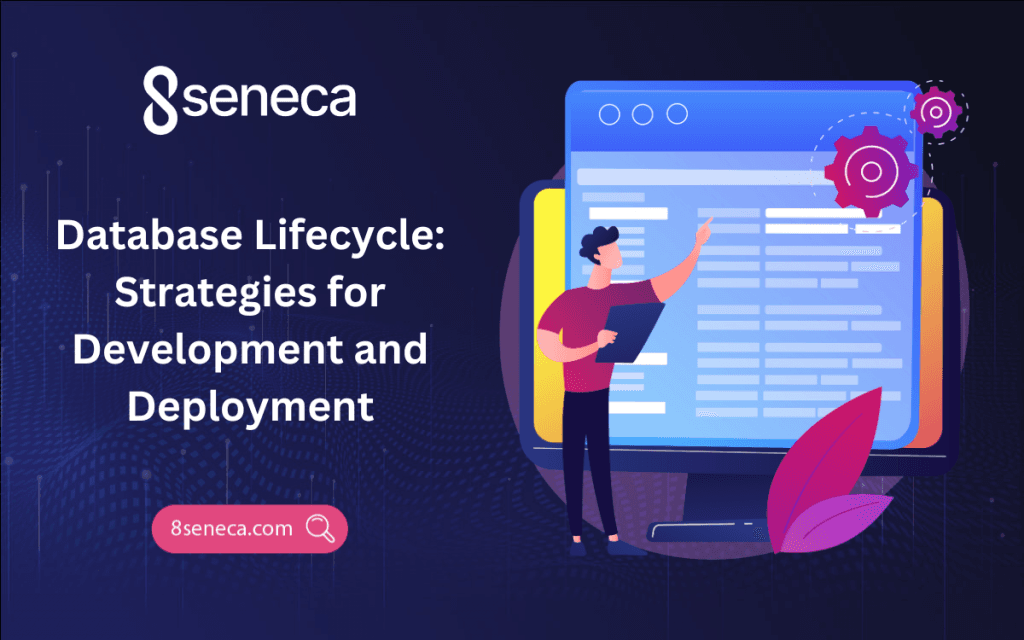The Role of Mobile Data Analytics in App Development
Discover how mobile data analytics improves app development by enhancing user engagement, boosting retention, and optimizing performance.
Mobile data analytics plays a key role in app development today. In a world where almost everyone uses mobile phones, companies need to make sure their apps provide the best possible experience for users. Mobile data analytics helps developers understand how people use their apps, making it easier to improve user engagement, increase retention, and optimize performance.
What is Mobile Data Analytics?
Mobile data analytics is the process of collecting and studying data from mobile apps. This data tells app developers how users interact with their app, including which features they like, where they get stuck, and how long they spend on certain parts. This data can include:
- User behavior (how people use the app)
- Device usage (what kind of device is being used)
- In-app actions (what users do inside the app, like clicking buttons or making purchases)
Mobile data analytics aims to improve the app based on what the data tells. For example, if a lot of users stop using the app after the first few minutes, this tells the developers there’s a problem. Mobile data analytics helps find out what that problem is and offers clues on how to fix it.
Improving User Engagement Through Data
User engagement is about getting people to spend more time using your app. The more engaged a user is, the more likely they are to return to the app and become loyal customers. Mobile data analytics can show developers which parts of the app are popular and which parts users avoid.
For example, many mobile games use data to keep players coming back. If a game notices that users stop playing at a certain level, developers can make that level easier or more fun. They may also send notifications to encourage users to return, offer rewards for playing longer, or suggest new levels based on what users like most.
There are many tools that help app developers track this data, such as Google Analytics, Amplitude, and Mixpanel. Some key data points developers track include:
- Daily Active Users (DAU): The number of users who open the app each day.
- Monthly Active Users (MAU): The number of unique users in a month.
- Retention Rate: The percentage of users who come back after their first visit.
- Churn Rate: The percentage of users who stop using the app.
Tracking this data helps developers make changes that keep users engaged. For instance, if the retention rate is low, developers can analyze what might be driving users away and work on improving it.
Boosting User Retention Using Mobile Data
User retention refers to how many users continue to use an app after their first few visits. High user retention means that users enjoy the app and keep using it. Low user retention means that users are losing interest or facing problems.
Mobile data analytics can help developers understand why users stop using an app. For example, if a streaming app notices users stop watching after a few minutes, it can use analytics to suggest content that better fits their preferences. In this way, data helps improve user retention by making the app more enjoyable.
There are several reasons users might stop using an app, such as:
- Poor performance (the app is slow or crashes)
- Difficult onboarding (the app is hard to use)
- Lack of value (the app doesn’t offer enough benefits)
- Poor design (the app is unattractive or confusing)
Developers can use mobile data analytics to identify these issues and improve the app to make sure users stick around. Some strategies include:
- Understanding Customer Behavior: By tracking purchase history, browsing patterns, and other behaviors, developers can understand users’ needs and preferences. This allows them to tailor the app or product to fit users’ desires.
- Personalized Marketing Strategies: Developers can send personalized messages or offers based on user data, helping to build a stronger relationship with users.
- Enhancing Customer Experience: Mobile data analytics helps developers spot areas for improvement. By addressing these issues, they can make the overall experience better for users.
- Optimizing Product Offerings: Developers can see which parts of the app are most popular and focus on enhancing those features.
The Future of Mobile Data Analytics in App Development
Mobile data analytics will continue to shape how apps are developed in the future. Advanced technologies like artificial intelligence (AI) are starting to play a bigger role in mobile analytics. AI can analyze huge amounts of data quickly, allowing developers to make real-time changes to improve the user experience.
For example, AI can predict which users are likely to stop using the app and send personalized suggestions to keep them engaged. Real-time data analysis will also help developers respond faster to problems, fixing bugs or adding new features as soon as they’re needed.
As more apps are developed, the competition will get tougher. Developers who use mobile data analytics will have an edge because they’ll be able to constantly improve their apps based on user feedback.
Conclusion
Mobile data analytics is a powerful tool for app developers. Developers can improve user engagement, boost retention rates, and optimize overall performance by understanding how users interact with their apps. In today’s competitive app market, staying on top of mobile data is more important than ever.
App developers who want to succeed need to embrace mobile data analytics. It not only helps create better user experiences but also ensures that apps are constantly improving based on real user behavior. As technology continues to advance, the role of mobile data analytics in app development will only grow.
Related Articles

Dec 09, 2024
Read more
What is Cross-platform Mobile Development?
Learn what cross-platform mobile development is, its benefits, challenges, and popular frameworks like Flutter, React Native, and Xamarin.

Dec 06, 2024
Read more
The Leadership Factor: Why Strong Leaders Make Successful Projects
Discover how effective leadership drives project success with strategies to inspire teams, tackle challenges, and achieve goals.

Oct 29, 2024
Read more
Database Lifecycle: Strategies for Development and Deployment
Learn the key stages of the database lifecycle—Planning, Analysis, Design, Implementation, Testing, Deployment, and Maintenance

Sep 30, 2024
Read more
Building a Data Warehouse: A step-by-step guide
Learn the key components, best practices, challenges of building and maintaining a data warehouse, and how it can drive better business.

Sep 17, 2024
Read more
How to Create Top B2B SaaS Product and Features Pages
Explore key elements and examples of B2B SaaS product pages to boost conversions and showcase your product's value.

Aug 07, 2024
Read more
Mobile App Development: Turning Ideas into Digital Realities
Transform your business with top mobile app development services. Drive growth and enhance engagement. Discover leading firms in India.
